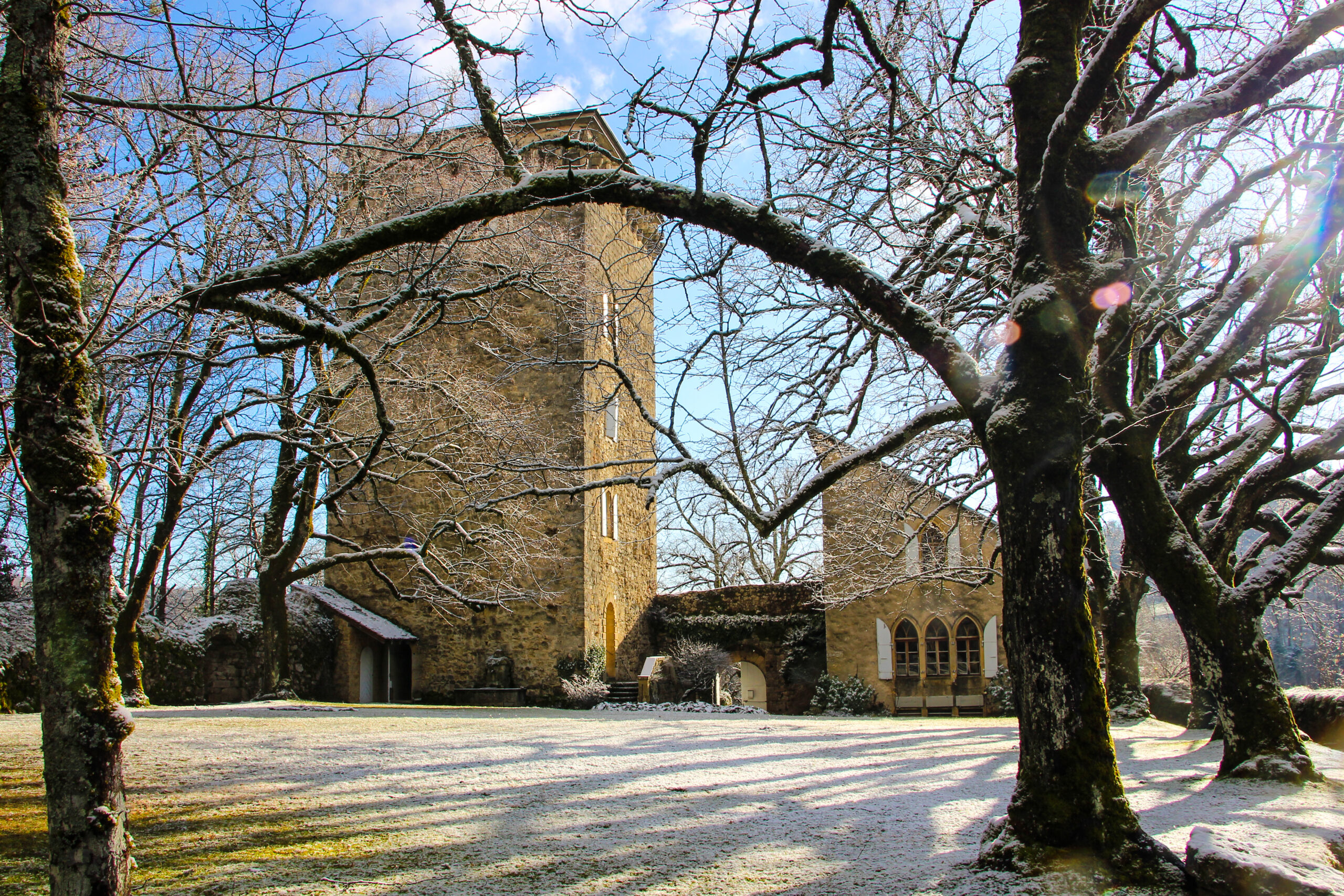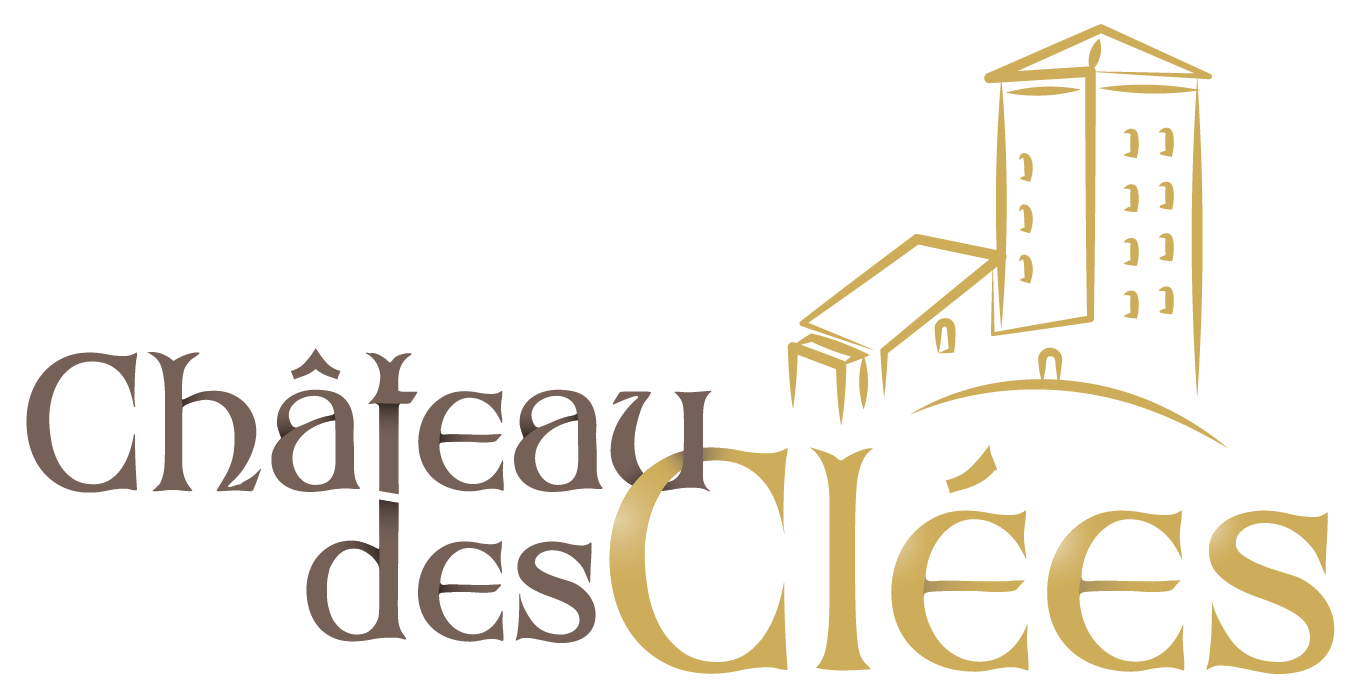History
The hill of the castle des Clées is an archaeological site whose first period of occupation is currently unknown. The road of the Col de Jougne has been a passageway between northern and southern Europe since prehistory, linking northern France to Italy via the Swiss plateau and then the path of the Grand St-Bernard relatively safely and quickly.
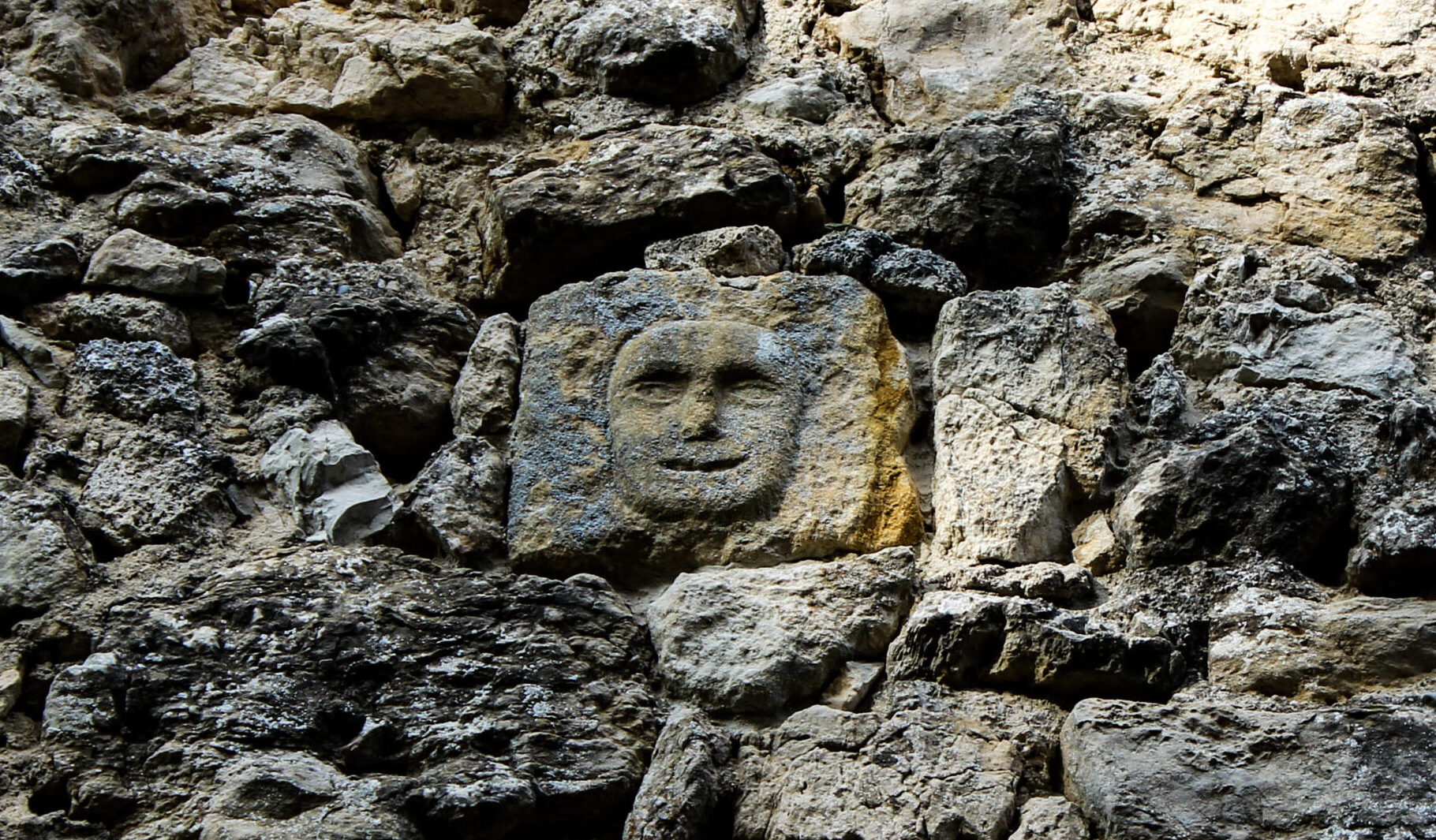
From the end of the Roman era to the 13th century, the road from Pontarlier to Lausanne via Jougne and Les Clées was one of the only routes crossing the Jura mountains between Geneva and Basel. The passage through the wild gorges of the Orbe river and the bridge of Les Clées was all the more important as the castle ensured the protection of Romainmôtier monastery and travellers on the Via Francigena, the pilgrimage route between Canterbury and Rome.
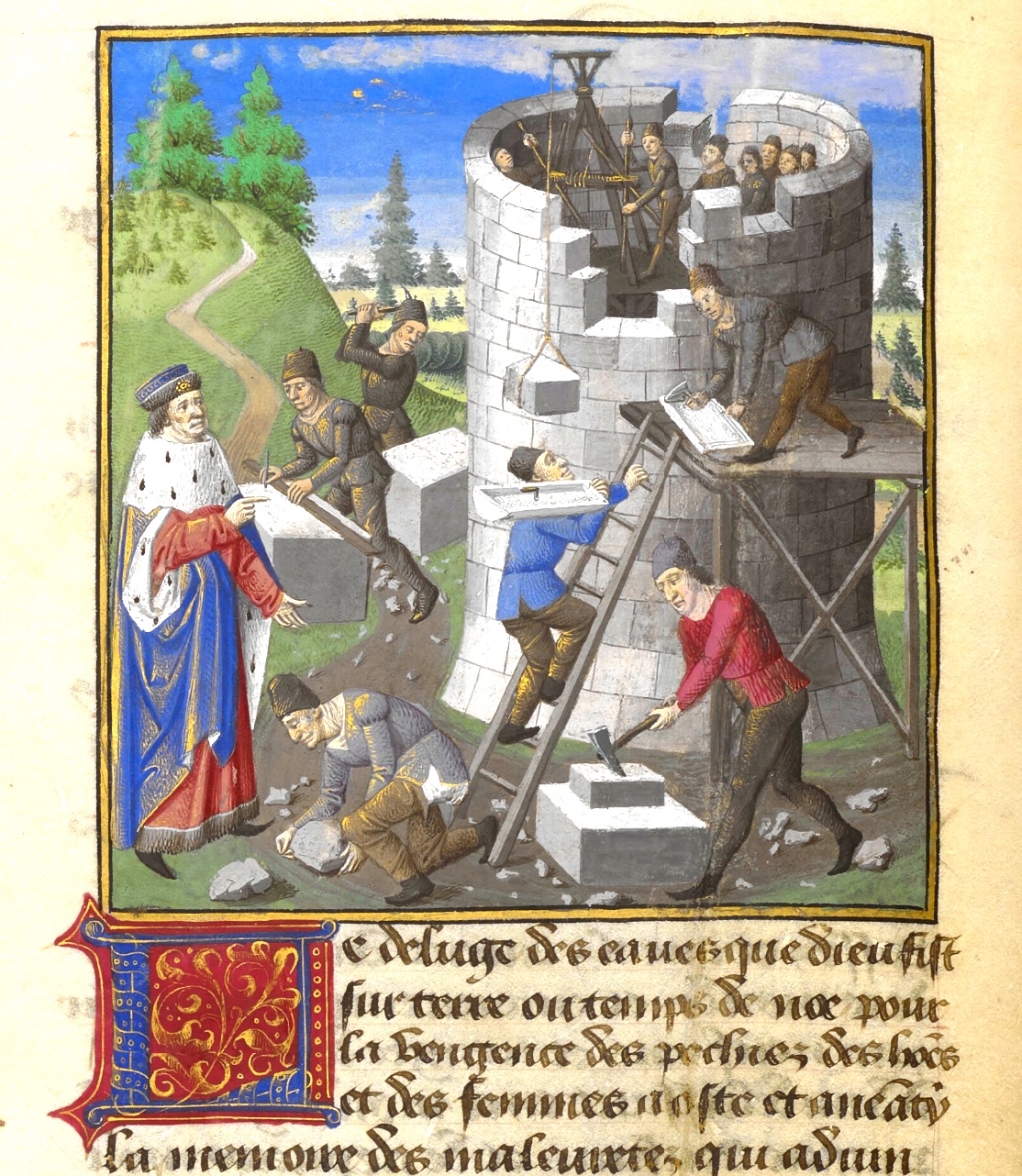
London, British Library, Add MS 35321, folio 4v: Giovanni Boccaccio, Des cas de nobles hommes et femmes, translation by Laurent de Premierfait, Paris c. 1470
Construction of the current building
The lords of Les Clées took advantage of this situation and raised a toll to cross the bridge guarded by their fortress. Around 1130, Pope Innocent II became concerned about this financial obstacle on the road to Rome, and enjoined the bishop of Lausanne not to allow the castle to be rebuilt. The reasons for the destruction of this first fortress are unknown.
Despite the papal injunction, the fortress was rebuilt around 1150. The profits generated by the toll were too great to allow the site to be neglected. The castle was then held in fief by vassal lords of the Dukes of Burgundy.
The keep and most of the medieval remains on the hill date from this period. The fortress comprised several concentric enclosures surrounding the hill, using the natural cliffs and escarpments for support and reinforcement.
It included advanced fortifications, probably dry moats and a drawbridge, on the site of the two terraces now in front of the castle. This advanced fortification also featured a well. It has been filled in, but the cistern that fed it and the conduit still exist and can be seen from the castle’s underground passageways.
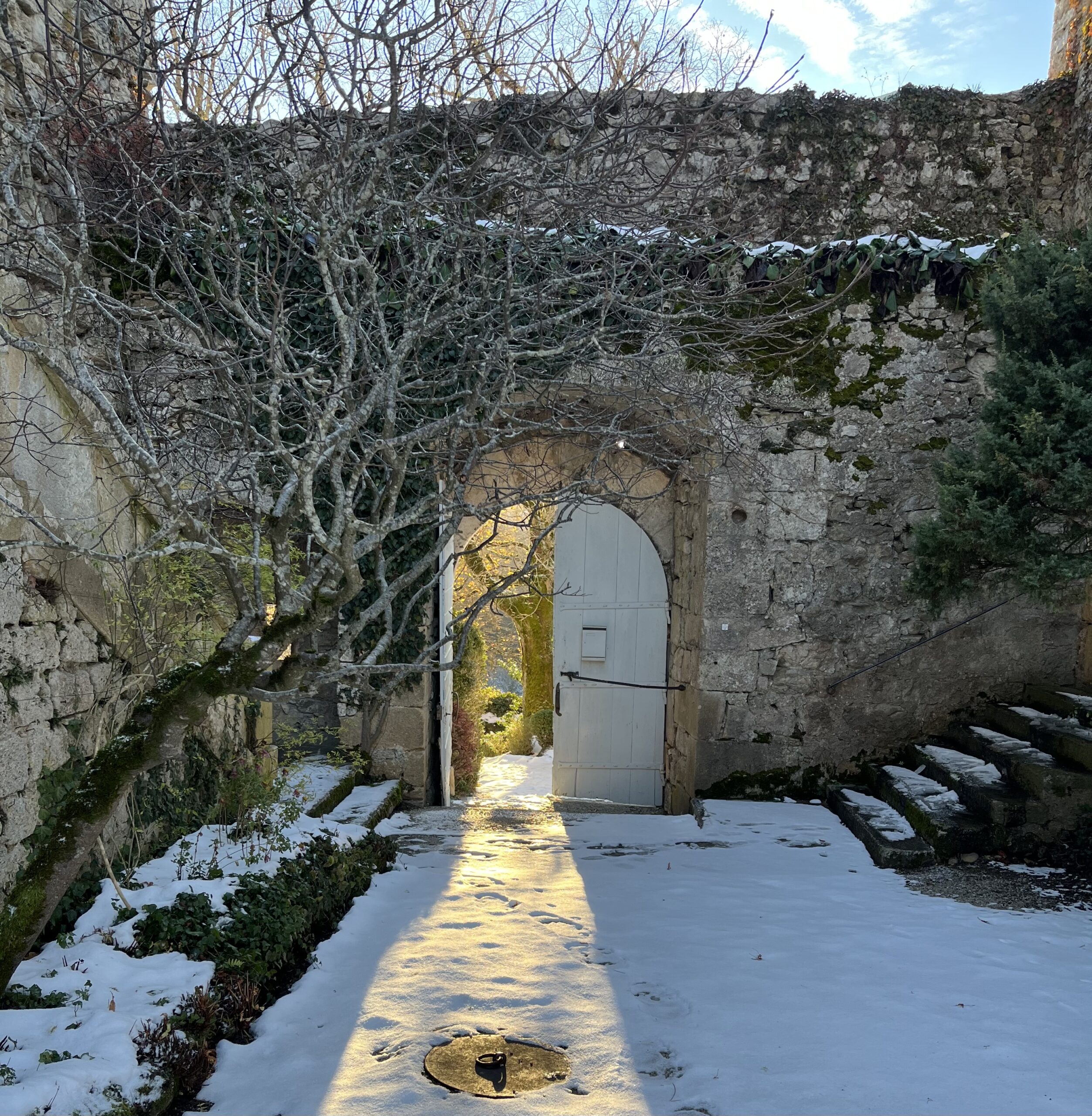
The Golden Age
In 1260, the castle of Les Clées was handed over to Pierre de Savoie, along with other lands, as a pledge of a payment owed to the House of Savoy by the Count of Genevois, vassal of the Duke of Burgundy. Two centuries of prosperity followed.
Fairs held in Champagne, France were held six times a year, each lasting about a month and a half. Les Clées is part of the most direct route for goods from Italy and for those purchased in Champagne going south to Italy. In addition to trade, there were also pilgrimages.
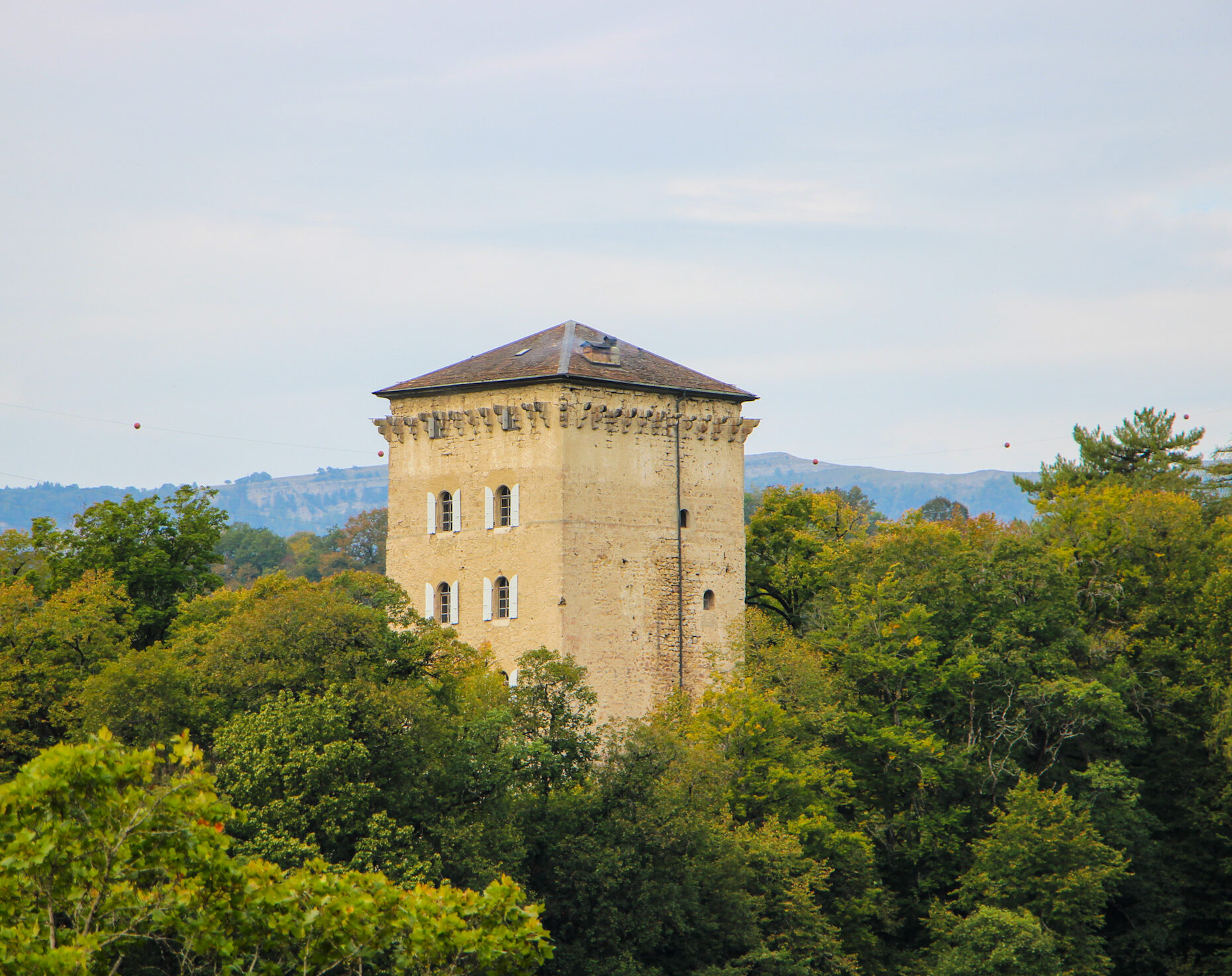
The toll benefited the House of Savoy and the inhabitants of the town of Les Clées. With just under 100 inhabitants today, Les Clées is indeed the smallest town in Switzerland, thanks to the franchises granted at the time. In the 14th century, the town was larger than it is today, with a leper colony, a hospital, a church, numerous inns and large warehouses.
The town became even more prosperous in 1344, when Louis II of Savoy bought the Vallée de Joux from the lord of La Sarraz and annexed it to the seigneury of Les Clées. The town was an important source of income and the House of Savoy ensured that the fortress was maintained.
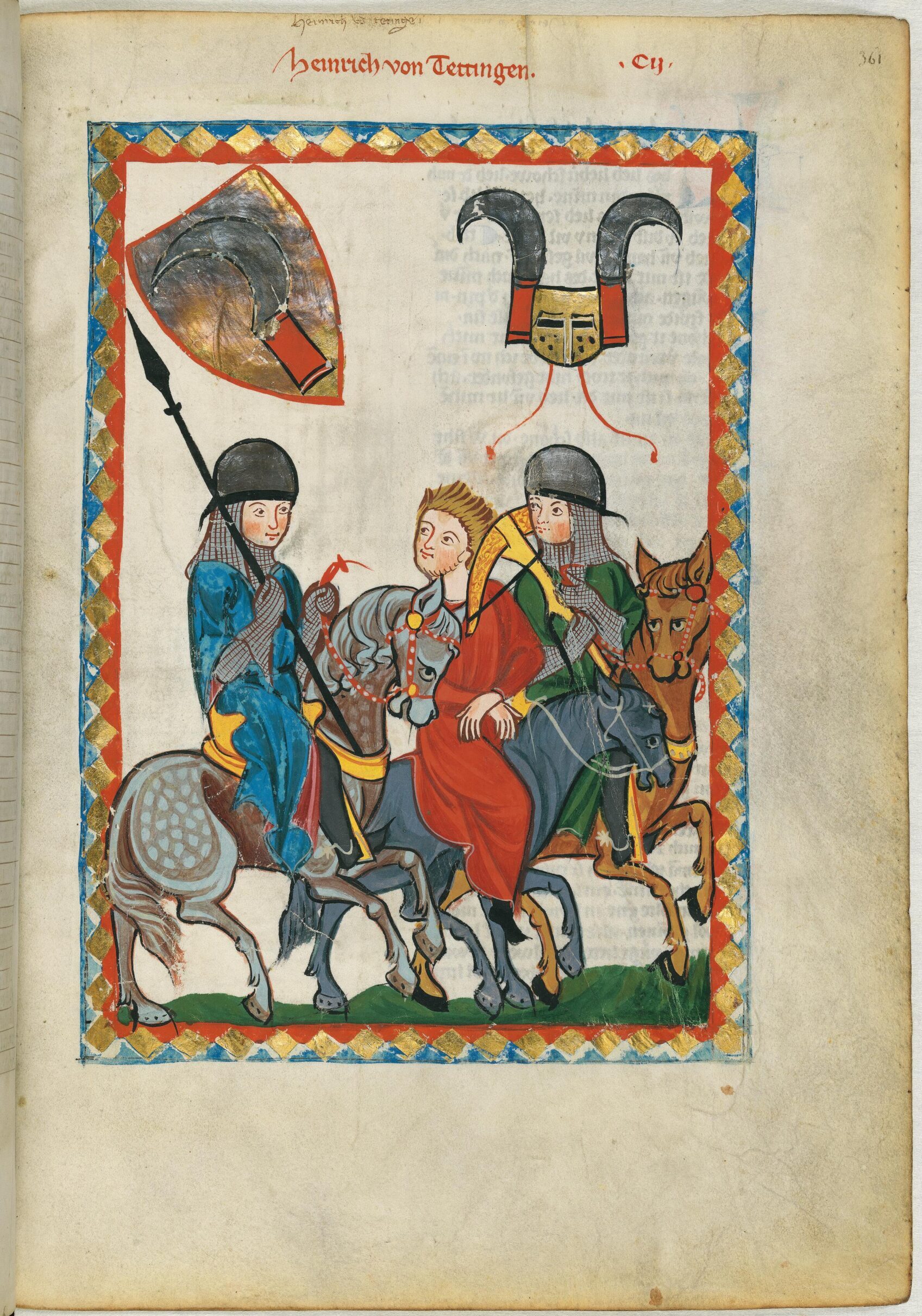
Universitätsbibliothek Heidelberg, Cod. Pal. germ. 848, p.361r.: Codex Manesse, Zürich, c. 1300 – c. 1340(https://doi.org/10.11588/diglit.2222#0717 )
The toll fee lists give an idea of the type of trade that passed through Les Clées and the bridge over the river Orbe:
- Wool from England, sheets from France, fabrics from Venice
- Herrings
- Salt, oils
- Wine
- Steel
- Falcons and trained goshawks, horses, cattle
- Wheat and rye
And the list goes on…
Destruction
The Burgundian Wars mark the end of this period of prosperity. Charles the Bold, Duke of Burgundy, pursued a policy of expansion for his duchy, and his power worried his neighbors: the Holy Roman Emperor, Frederick III, the King of France, Louis XI, and the Swiss confederates. In 1475, with financial support from Louis XI, the Swiss invade the Barony of Vaud, allied with the Duke of Burgundy.
The garrison of Les Clées, under the command of Pierre de Cossonay, is besieged and refuses to surrender. The castle and town were taken by the Swiss and burnt. The entire garrison is executed.
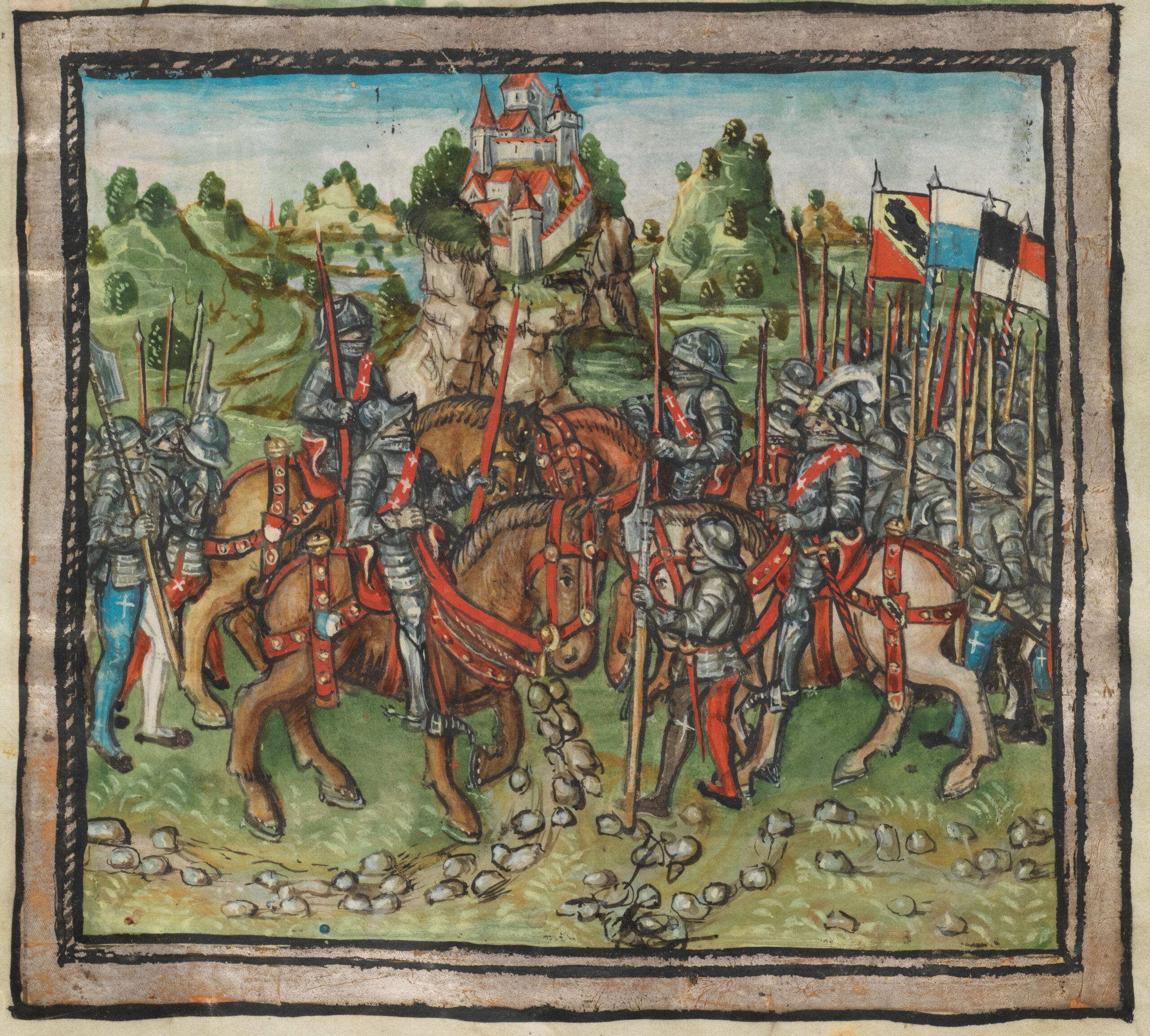
Le château des Clées. Luzern, Korporation Luzern, S 23 fol.: Chronique illustrée du Lucernois Diebold Schilling (Luzerner Schillling), p.188 (https://www.e-codices.unifr.ch/fr/list/one/kol/S0023-2)
The Bernese period
Neither the town nor the castle recover from the destruction by the Swiss Confederates. The castle is left in ruins, though the Swiss Confederates do not lose sight of the toll revenue, and maintain the bridge and warehouses. New toll fees are published, and the town of Les Clées is attached to the bailiwick of Romainmôtier. The castle and the town become places of secondary importance and there are few sources providing information on their history between 1475 and 1798.

The Renaissance
The history of the castle, of which only the keep and a tower remain, begin again in 1798, during the Vaudoise revolution. The building becomes national property. It is sold to a private individual in 1801 for 400 francs and subsequently passed through several owners. In 1831, Sir Walter Stevenson Halliday buys it for 800 francs.
Sir Halliday is seduced by the romanticism of this medieval ruin perched on a steep hill above a wild gorge. He transforms the keep to make it habitable, notably by opening windows and building a staircase. He also turns the hill into a park.
A succession of owners follows again, until 1883, when the castle is acquired by the Pellis family, kin to the Conods, originally from Les Clées. Jules Pellis, and his son Georges, modernize the castle bringing in running water, electricity, and adding bathrooms dug into the 3-meter-thick walls!
With the exception of these modifications, which were necessary for the comfort of a modern home, the interior of the château remains remarkably well-preserved, just as it was designed and decorated in the 19th century.

In 2003, the building and the hill are recognized as a site of national importance and protected at level 1 in the inventory of historic monuments.
